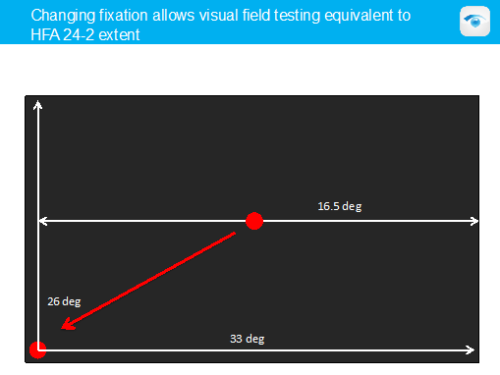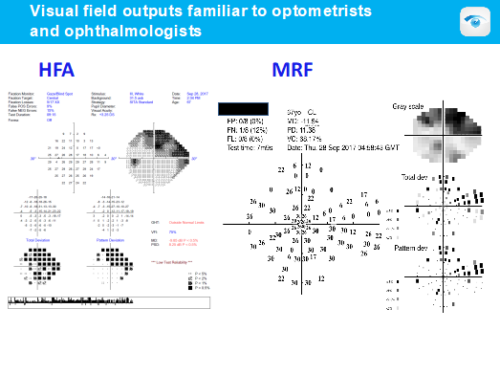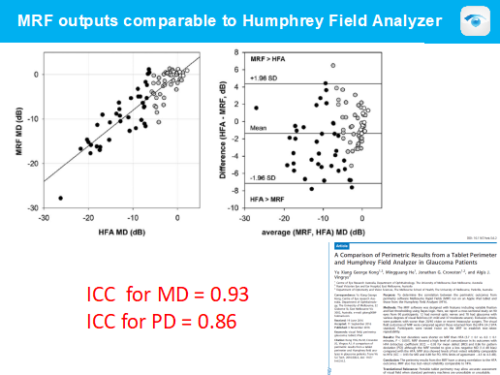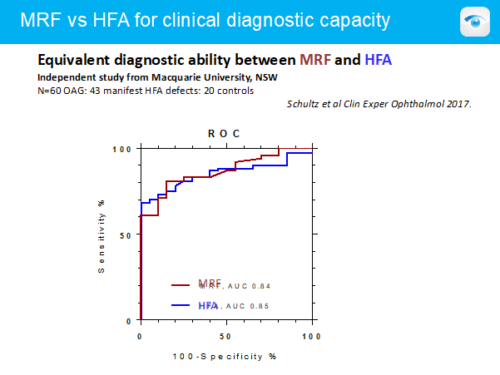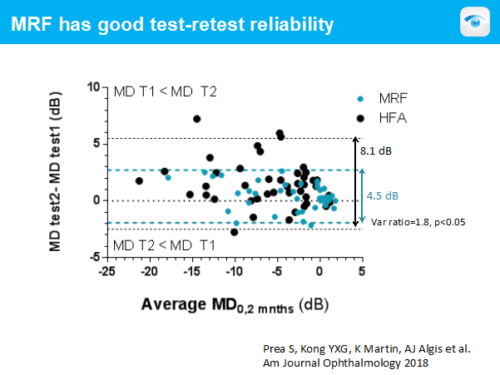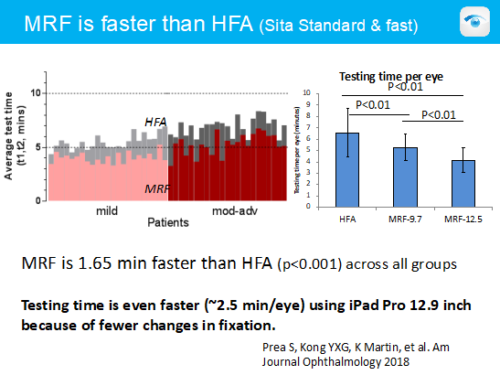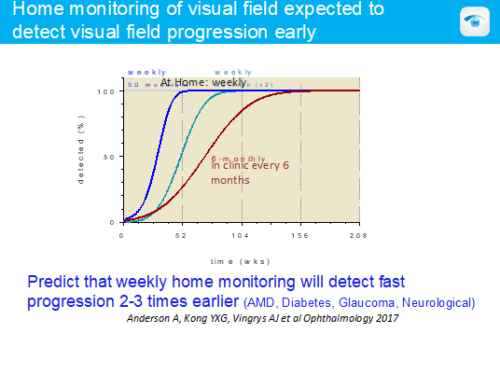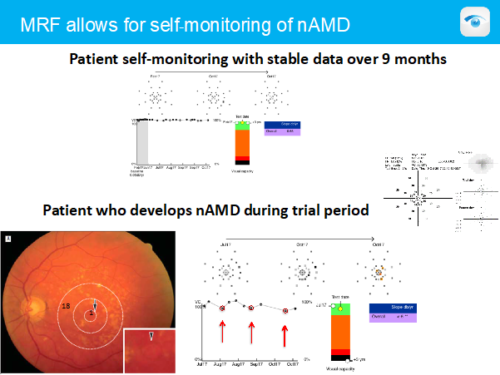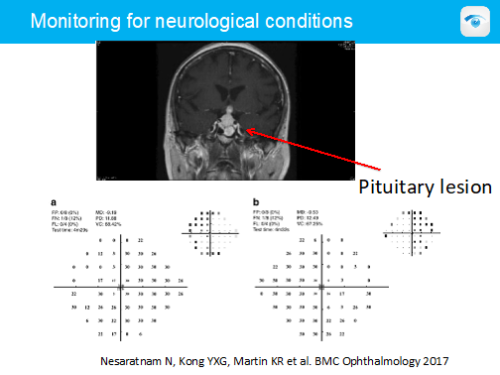Melbourne Rapid Fields (MRF) is a very innovative technology designed for early clinic-based detection and monitoring of vision problems caused due to Glaucoma, age-related macular degeneration, macular oedema from diabetes or retinal vein occlusion.
Essentially it is a series of software applications developed for full visual field and perimeter testing on Apple iPads (generation 3/4 and later). Usually these tests are carried out on standard medical equipment which is expensive and not available easily. MRF technology does not replace standard medical equipment but is accurate enough to use as a first level of diagnosis where visual field machine is not available.
The early versions of iPad (generation 1) had limitations that prevented them from being used as a perimeter in the threshold mode. This is not the case for the later iPad versions (generation 3/4 and later) and the MRF software was written to exploit this potential.
The MRF technology was developed in Melbourne, Australia, by a team of highly qualified professionals in the fields of optometry and ophthalmology along with the support of the prestigious organisations including the University of Melbourne and Royal Victorian Eye and Ear Hospital who also co-own the Intellectual Property of MRF technology.
How can an iPad screen detect peripheral visual field changes?
Full threshold visual field testing up to 30 degree from central fixation point is achieved on standard iPad (9.7 inch) or 10.5-inch iPad pro by patients changing fixation to 4 corners of the iPad following the fixation marker (red target) when directed during the test. This change in fixation allows visual field test up to 30 degrees in the horizontal meridian and 24 degrees in the vertical meridian suitable for glaucoma assessment.
How does MRF Glaucoma assess reliability of visual field testing?
MRF Glaucoma assesses reliability of testing using standard reliability tests used by conventional visual field machines, these include testing for fixation loss, false positive and false negative responses.
MRF Visual Field Testing technology comprises below four applications:
MRF Glaucoma
MRF Glaucoma is designed specifically to perform fast and accurate assessment of the central and peripheral visual field for patients with glaucoma or eye pressure problems and has the following modules:
- Full-field test (66 points in 30×20 deg) full absolute threshold test suitable for detecting visual field defects in patients with glaucoma
- Central test (40 points, 17×12 deg) suitable for patients with moderate-advanced glaucoma
- Macula test (20 points within 6 deg) suitable for end stage glaucoma assessment.
- Screening test (66 points in 30×20 deg) – superfast visual field screening test in assessing risk of glaucomatous field defects.
MRF Diabetes
MRF Diabetes is designed to monitor and detect vision deterioration associated with diabetic retinopathy and macular edema
MRF Macular
MRF Macular is designed for monitoring vision for patients with age-related macular degeneration (AMD) and macular oedema due to diabetes or retinal vein occlusion. It performs specialist vision testing designed to sensitively detect early changes in the macular. These include highly sensitive macular-focused visual acuity test and central visual field testing.
MRF Neural
MRF Neural is designed for patients with neurological conditions that affect visual field (stroke patients, patients with MS or optic neuritis) to monitor their visual field over time. It performs visual field testing as well as vision testing that is specific for neurological conditions.
CLINICAL VALIDATIONS OF MRF
The MRF outputs are comparable to Humphrey Field Analyzer as shown below and detailed in the publications where the research findings have been documented:
